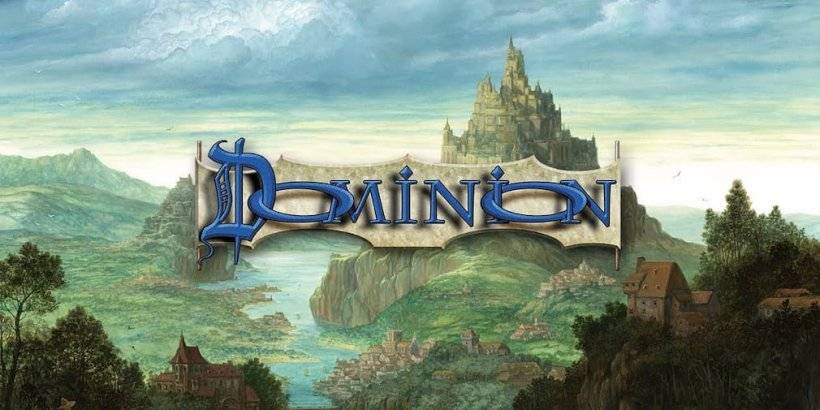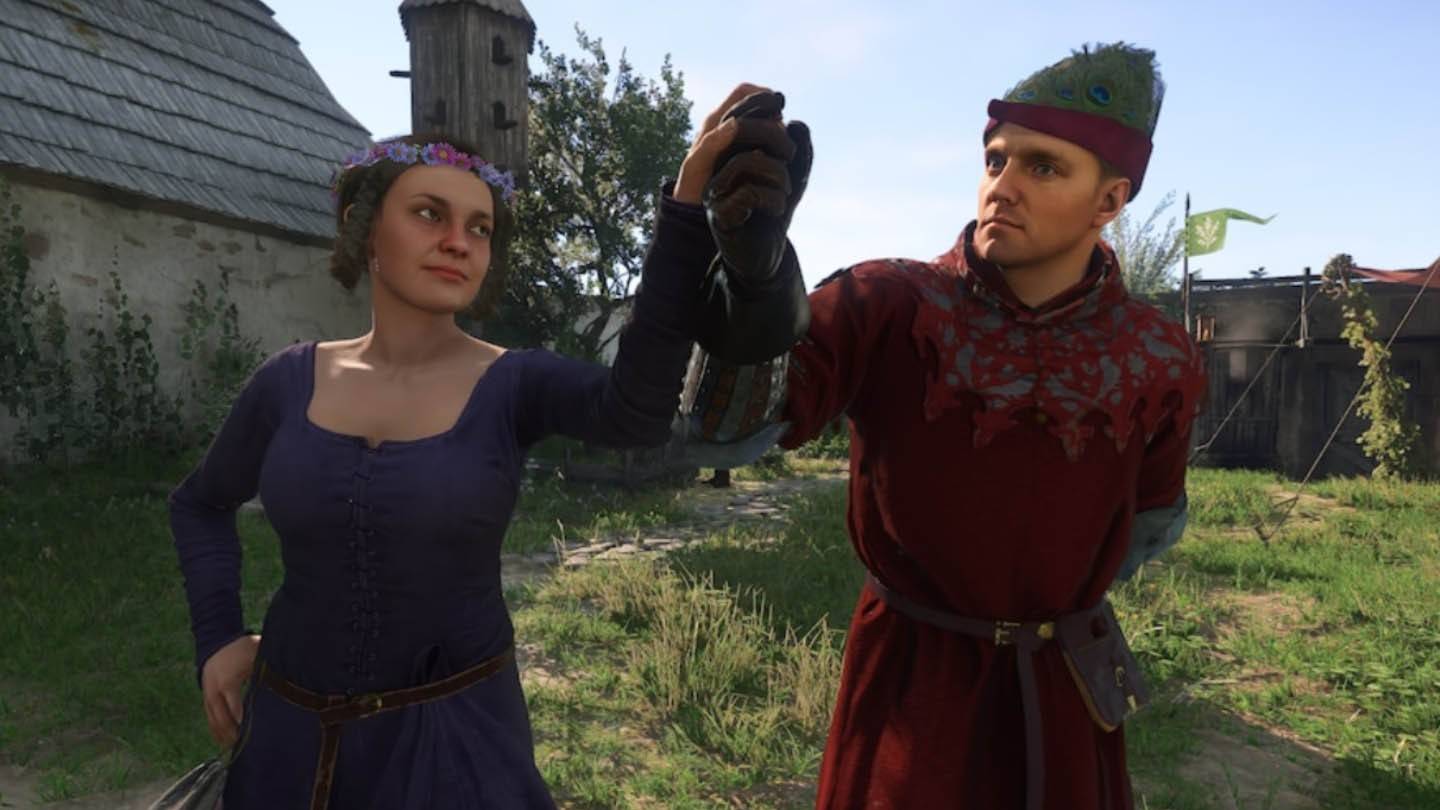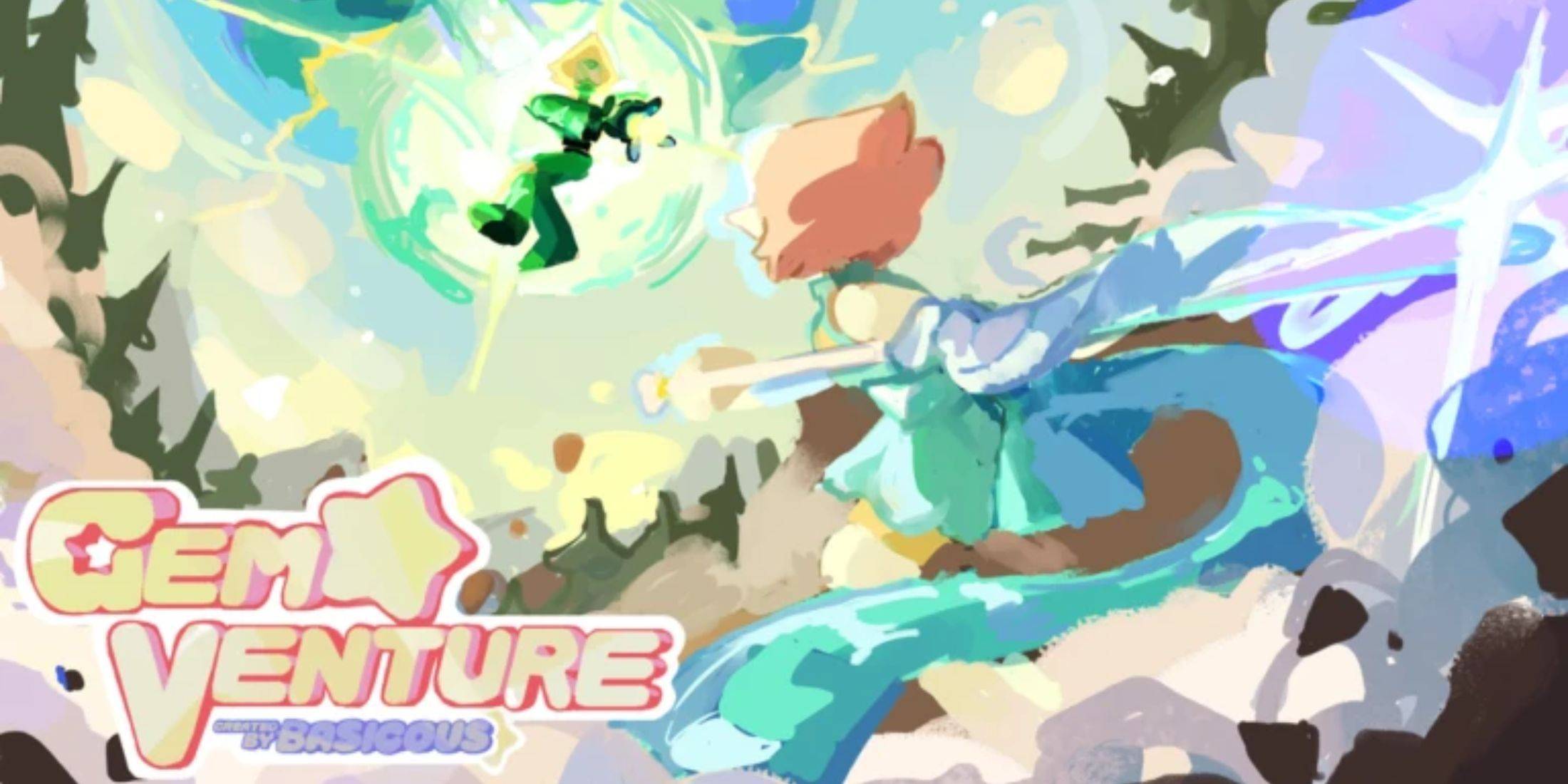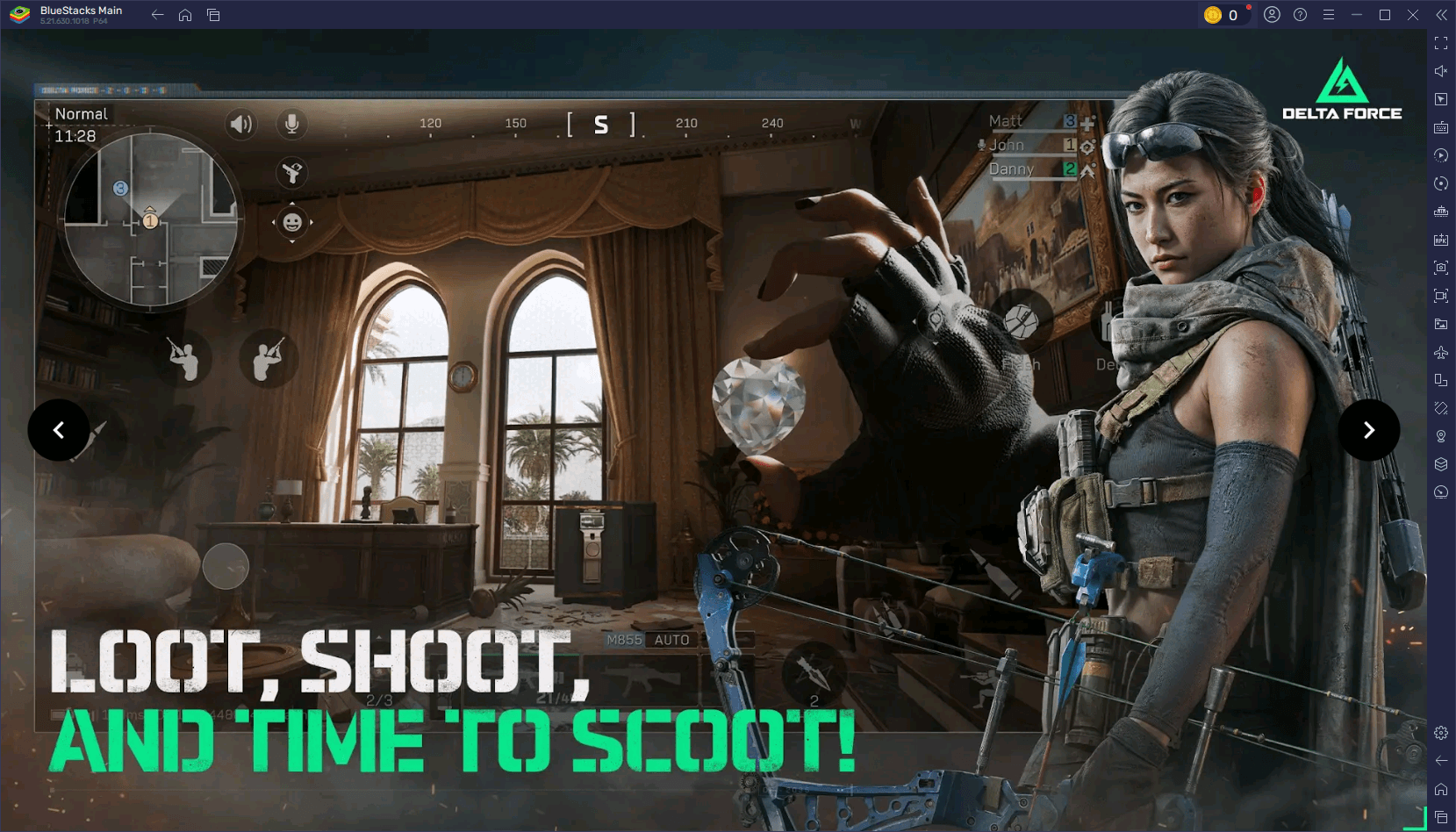Ridley Scott's Lost Dune: A 40-Year-Old Secret Unveiled
This week marks four decades since David Lynch's Dune premiered, a box office flop that's since cultivated a devoted cult following. This stands in stark contrast to Denis Villeneuve's recent big-screen adaptation of Frank Herbert's epic novel. Ridley Scott, initially attached to direct, departed the project before David Lynch took the helm. Until now, details about Scott's version remained scarce.
Thanks to T.D. Nguyen's discovery of a 133-page October 1980 draft script within the Coleman Luck archives, written by Rudy Wurlitzer, we now have a glimpse into Scott's vision. This draft, clearly intended as part one of a two-part adaptation, represents a significant departure from Herbert's original screenplay, which was deemed overly faithful and un-cinematic. Scott, after Harlan Ellison declined the project, enlisted Wurlitzer for a complete rewrite.
Wurlitzer himself described the adaptation process as incredibly challenging, noting that outlining the story took longer than writing the final script. He aimed to capture the book's essence while injecting a unique sensibility. Scott later confirmed the script's quality, calling it "pretty fucking good."
Various factors contributed to the project's collapse, including the death of Scott's brother, his reluctance to film in Mexico, budget overruns, and the allure of the Blade Runner project. However, a key factor, as revealed in A Masterpiece in Disarray – David Lynch's Dune, was the script's lack of unanimous studio enthusiasm. Was it a poor cinematic adaptation, or simply too dark, violent, and politically charged for a mainstream release? A detailed analysis of the script allows for a personal judgment.

A Reimagined Paul Atreides
Scott's Dune opens with a dream sequence depicting apocalyptic armies, foreshadowing Paul's destiny. The script's visual descriptions are strikingly cinematic, reflecting Scott's signature style. Instead of Timothée Chalamet's portrayal, Paul is a 7-year-old boy, undergoing a Bene Gesserit test. This version highlights Paul's "savage innocence" and assertive nature, showcasing his rapid growth and mastery of skills, surpassing even Duncan Idaho. This contrasts with Lynch's portrayal, which emphasizes Paul's vulnerability.
A Shifting Power Dynamic
The script introduces a pivotal plot point: the Emperor's death. This event, absent from the novel, serves as the catalyst for the Atreides' downfall. The Baron Harkonnen's proposal to share Arrakis' spice production is rejected by Duke Leto, leading to conflict. A key line, strikingly similar to a famous line from Lynch's film ("He who controls the spice controls the universe"), appears in this draft, raising questions about potential borrowing or independent creation.
The Guild Navigator is depicted as a unique, spice-mutated creature, foreshadowing elements seen in Scott's Prometheus. The Atreides' arrival on Arrakis reveals a medieval aesthetic, with a focus on swords, feudal customs, and ecological concerns. Liet-Kynes' explanation of the spice harvest's devastating impact on the environment is emphasized.
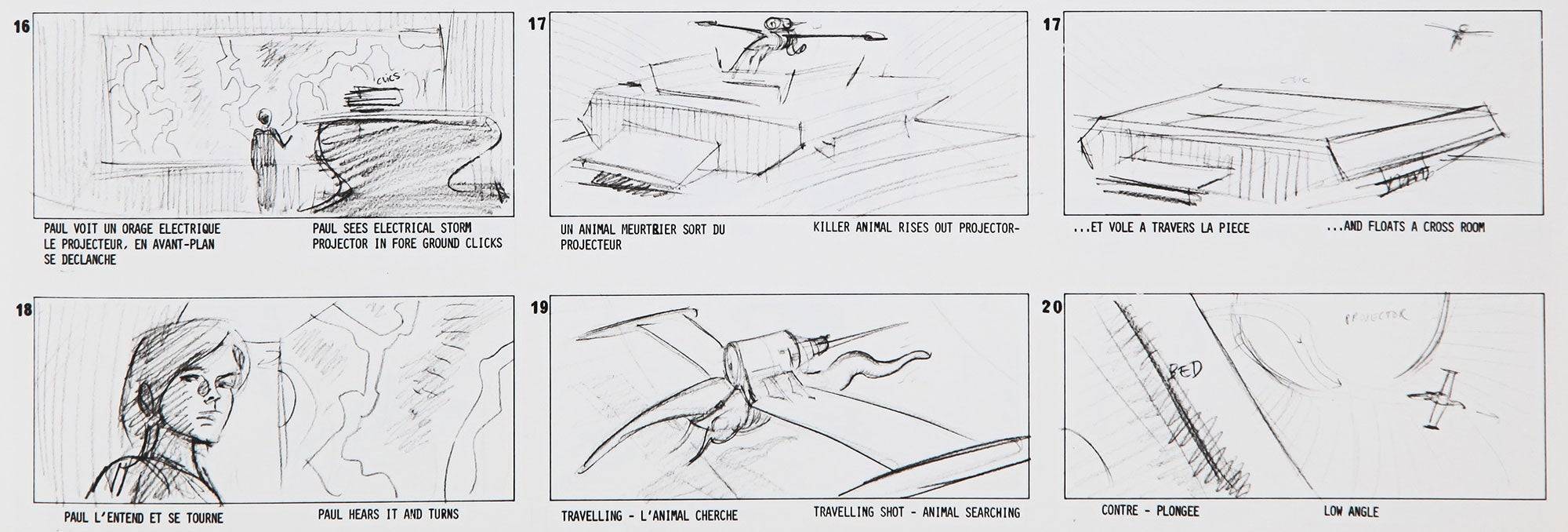
The script includes a bar fight scene, adding action but potentially detracting from Paul's character development. The encounter with Stilgar and the subsequent Harkonnen assassination are also featured. Jessica's explicit dialogue with the Duke regarding their planned conception of a child adds a layer of directness. The script also features a scene where Paul and Jessica lie on top of each other as they slide down a sand dune, although the controversial mother/son relationship from earlier drafts is absent.
Desert Survival and Fremen Culture
Paul and Jessica's desert escape is intense, involving a crash landing and a struggle for survival. The depiction of Stillsuits and their journey through the desert mirrors Villeneuve's adaptation, including a face-to-face encounter with a sandworm. The script features a brutal duel between Paul and Jamis, similar to Lynch's film but with a more graphic portrayal. The Fremen culture and their rituals are highlighted, including a spice ceremony. Chani's acceptance of Paul as her new mate following Jamis' death is depicted.
The Water of Life ceremony is described as a surreal and mystical experience, featuring a shamanistic figure and a giant sandworm. The script concludes with Paul and Jessica's acceptance into the Fremen tribe, setting the stage for future conflicts. The sandworm ride, a key element Herbert desired, is alluded to but not explicitly shown.
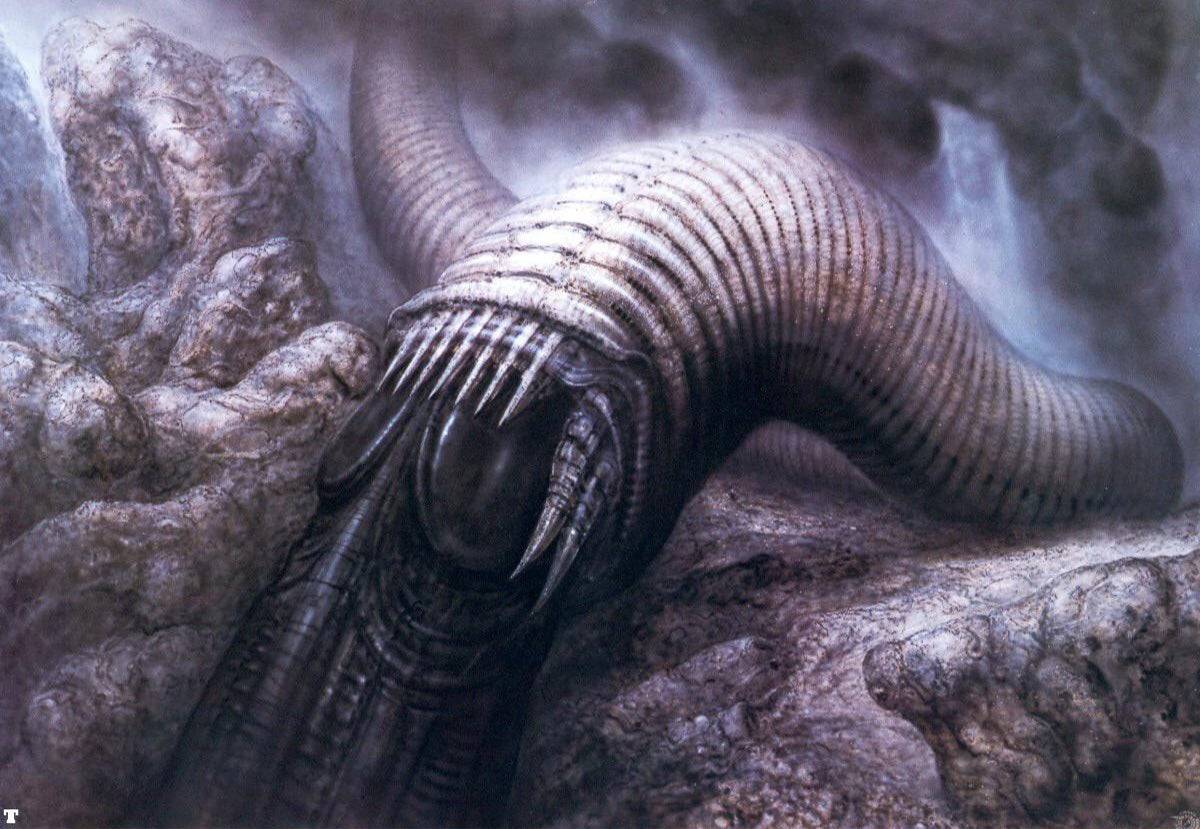
A Unique Interpretation
Scott's Dune, as envisioned in this draft, presents a darker, more violent, and politically charged adaptation. While deviating significantly from the novel, it emphasizes ecological concerns and the dangers of charismatic leadership. The script's mature themes and graphic violence likely contributed to its rejection, but its unique approach to the source material offers a fascinating counterpoint to existing adaptations. The script's focus on visual storytelling and character relationships, along with its emphasis on ecological themes, sets it apart. The legacy of this lost adaptation, however, remains a testament to the enduring power and complexity of Herbert's work.




 LATEST ARTICLES
LATEST ARTICLES 